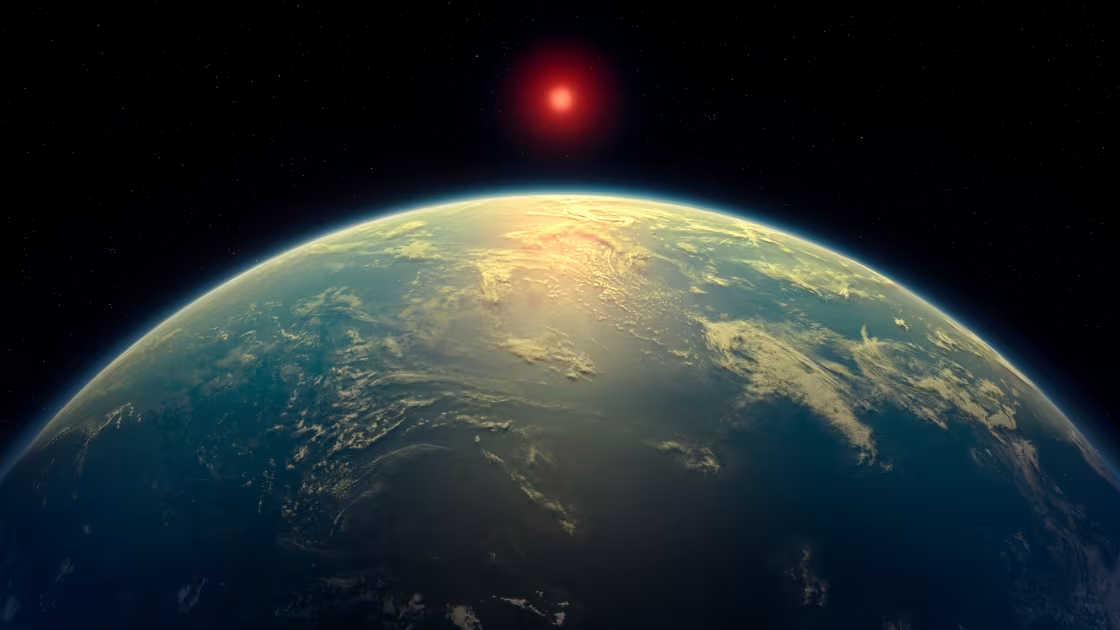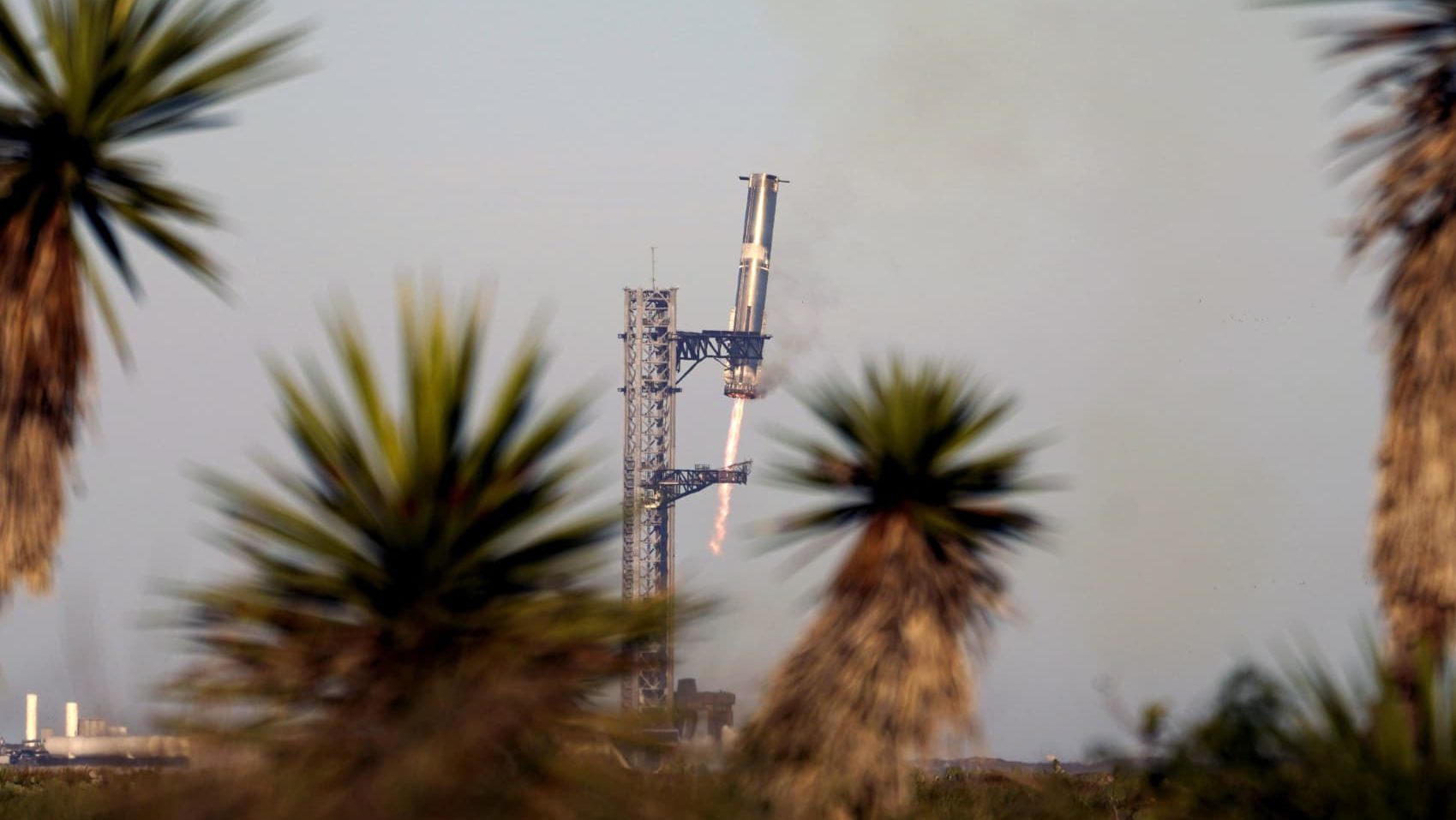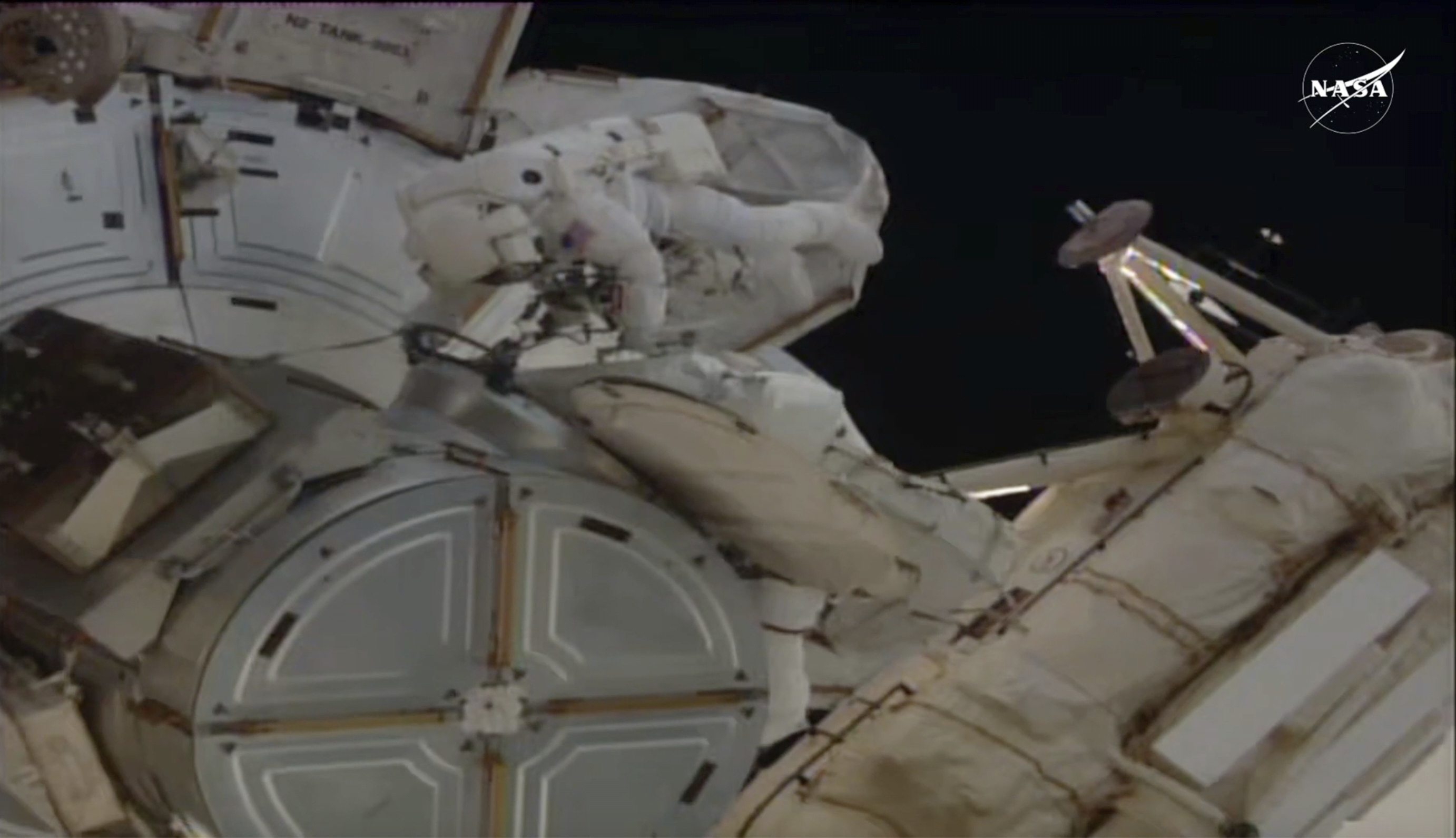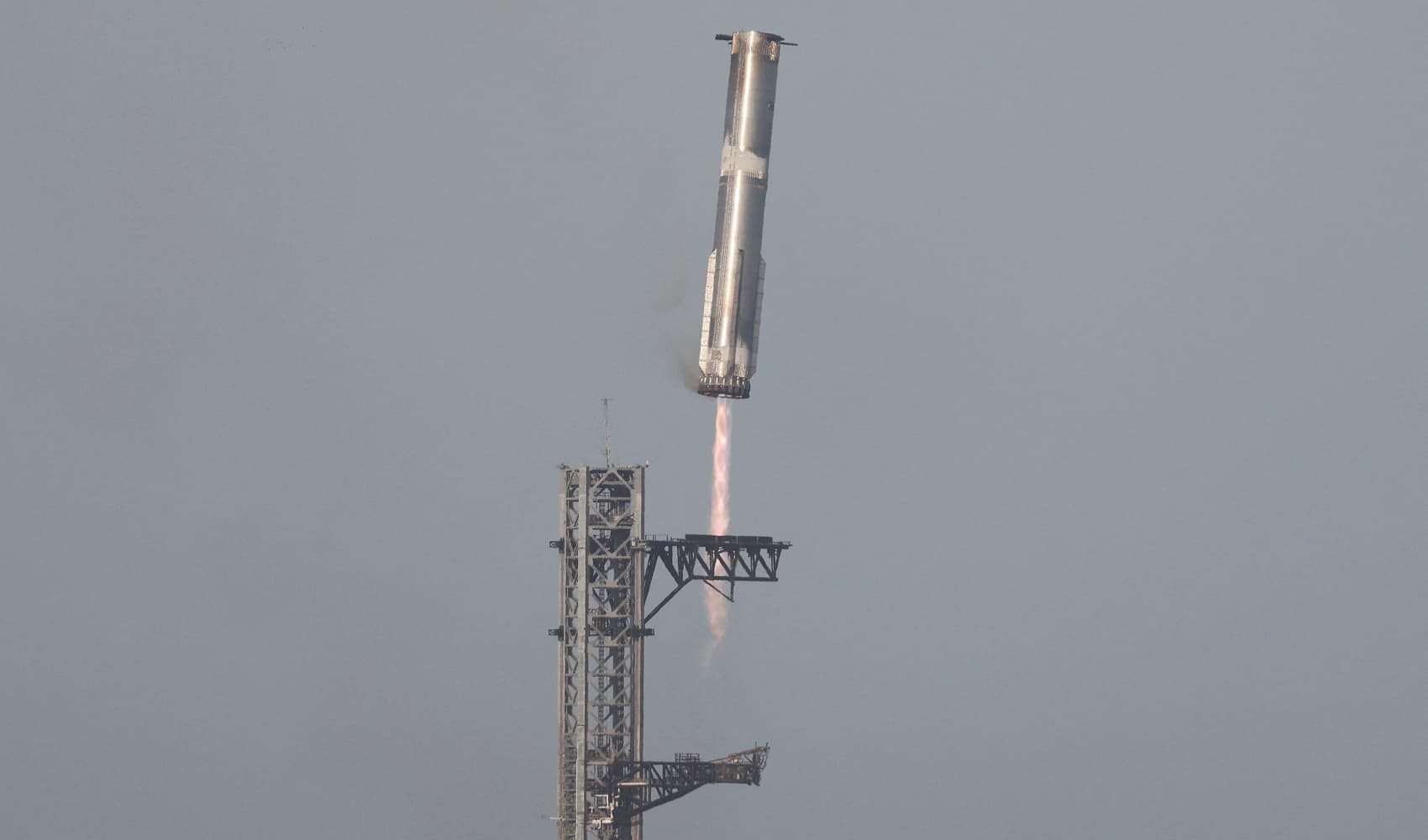Life on a Distant Planet? Scientists Find Strongest Clues Yet!
Life on a Distant Planet? Scientists Find the Strongest Clues Yet!
Introduction: Are We Alone? A Cosmic Revelation on K2-18b
For centuries, humanity has gazed at the stars, pondering the age-old question: are we alone? Well, hold on to your hats, because scientists might just be one step closer to answering that question. Recent analysis of exoplanet K2-18b has revealed tantalizing chemical signatures, hinting at the possibility of life existing 7 trillion miles away. That's right, *trillions*! It's a cosmic "hello" we've been waiting for.
K2-18b: Our Neighbor in the Milky Way
K2-18b isn't exactly next door, but in cosmic terms, it's practically our neighbor. Situated approximately 124 light-years away from Earth, this exoplanet orbits a red dwarf star. Think of it like this: we're all hanging out in the same galactic neighborhood, the Milky Way, just a few streets over.
What is an Exoplanet?
Simply put, an exoplanet is a planet that orbits a star other than our own Sun. So, while we're familiar with the planets in our solar system, there are billions more out there, each with its own unique characteristics and potential for supporting life.
The James Webb Space Telescope: Our Cosmic Detective
The groundbreaking discovery was made possible thanks to the James Webb Space Telescope (JWST), NASA's premier observatory. Think of JWST as our super-powered, cosmic detective, equipped with cutting-edge technology to analyze light from distant stars and planets.
How Does JWST Detect Chemical Signatures?
JWST analyzes the light that passes through the atmosphere of exoplanets. Different molecules absorb different wavelengths of light, creating a unique "fingerprint" that scientists can identify. It's like reading the genetic code of a planet's atmosphere!
The Chemical Fingerprints: Algae, Seaweed, and a Warm Ocean?
The team of researchers, led by Cambridge University, meticulously analyzed observations made by JWST and detected chemical patterns remarkably similar to those produced by algae and seaweed on Earth. Now, that's a pretty strong hint! This could suggest the presence of a warm ocean, a critical ingredient for life as we know it. These findings are "the strongest evidence yet that life may exist on a planet outside our solar system," according to Cambridge University.
What Makes These Chemicals So Important?
The specific chemicals detected are known as biosignatures. They are molecules that are strongly indicative of the presence of life. Finding them in the atmosphere of K2-18b is like stumbling upon footprints on a deserted island – it makes you wonder who else is there!
Red Dwarf Stars: Hosts to Exoplanets
K2-18b orbits a red dwarf star, which are smaller and cooler than our Sun. These stars are incredibly common in the Milky Way, making them prime candidates for hosting potentially habitable exoplanets.
Challenges of Life Around Red Dwarf Stars
While red dwarf stars are abundant, they also present some challenges for life. They are prone to frequent and powerful flares, which could strip away planetary atmospheres and make it difficult for life to thrive. However, if life can adapt to these conditions, it could potentially flourish.
The Significance of Liquid Water
Liquid water is often considered the "universal solvent" and is essential for life as we know it. It allows for complex chemical reactions to occur and provides a medium for organisms to thrive. The potential presence of a warm ocean on K2-18b is therefore incredibly exciting.
Why is Water So Crucial for Life?
Water's unique properties, such as its ability to dissolve a wide range of substances and its high heat capacity, make it ideal for supporting life. It helps regulate temperature, transport nutrients, and facilitate biochemical processes.
Future Research: What's Next for K2-18b?
While the current findings are incredibly promising, more research is needed to confirm the presence of life on K2-18b. Future observations with JWST and other advanced telescopes will be crucial to further analyze the planet's atmosphere and search for additional biosignatures. This is just the beginning of an exciting journey!
The Search for More Biosignatures
Scientists will be looking for a wider range of biosignatures, including gases like methane and oxygen, which can be produced by biological processes. The more evidence they find, the stronger the case for life on K2-18b.
The Implications for Humanity
The discovery of life on another planet would be a monumental achievement, revolutionizing our understanding of the universe and our place within it. It would answer one of the most fundamental questions humanity has ever asked and could inspire a new era of scientific exploration.
What Would Contact with Extraterrestrial Life Mean?
Contact with extraterrestrial life could have profound social, philosophical, and technological implications. It could challenge our existing beliefs, force us to re-evaluate our place in the universe, and potentially lead to incredible advancements in science and technology. Imagine the possibilities!
Beyond K2-18b: The Search Continues
K2-18b is just one of thousands of exoplanets discovered so far. As technology advances, we'll be able to explore more and more of these distant worlds, increasing the chances of finding other potentially habitable planets and perhaps even other forms of life. The universe is vast, and the possibilities are endless.
The Exoplanet Gold Rush
We're currently in an exoplanet "gold rush," with new discoveries being made all the time. Scientists are using a variety of techniques to find these distant worlds, including transit photometry and radial velocity measurements.
Challenges in Detecting Extraterrestrial Life
Detecting extraterrestrial life is no easy feat. We're dealing with incredibly faint signals from vast distances. Furthermore, we need to be careful to distinguish between biosignatures and false positives, which can be caused by non-biological processes.
Avoiding False Positives
Distinguishing between true biosignatures and false positives is a major challenge. Scientists need to carefully analyze the data and consider all possible explanations for the observed chemical patterns.
The Future of Exoplanet Exploration
The future of exoplanet exploration is bright. With continued advancements in technology and increased investment in space exploration, we'll be able to probe deeper into the mysteries of the universe and search for life beyond Earth. The next decade promises to be an exciting time for exoplanet research.
New Telescopes and Missions
Several new telescopes and missions are planned for the coming years, including the Extremely Large Telescope (ELT) and the Nancy Grace Roman Space Telescope. These powerful instruments will provide unprecedented views of exoplanets and their atmospheres.
Conclusion: A Giant Leap for Humanity?
The discovery of potential biosignatures on K2-18b represents a significant step forward in the search for life beyond Earth. While more research is needed to confirm these findings, the possibility of a warm ocean teeming with life on a planet 7 trillion miles away is a truly awe-inspiring prospect. This groundbreaking discovery could reshape our understanding of the universe and our place within it. It's a moment that makes you wonder, what else is out there waiting to be discovered?
Frequently Asked Questions (FAQs)
Here are some frequently asked questions about the recent discovery on K2-18b:
- Q: What exactly was found on K2-18b?
A: Scientists detected chemical patterns similar to those produced by algae and seaweed on Earth, suggesting the presence of a warm ocean.
- Q: How far away is K2-18b?
A: K2-18b is approximately 124 light-years away, or about 7 trillion miles from Earth.
- Q: What is the James Webb Space Telescope, and how did it help with this discovery?
A: The James Webb Space Telescope (JWST) is a powerful space observatory that can analyze the light from distant planets and stars. JWST was used to observe K2-18b and detect the chemical signatures in its atmosphere.
- Q: Does this mean there is definitely life on K2-18b?
A: While the findings are incredibly promising, more research is needed to confirm the presence of life. The detected chemicals are indicative of life, but they could also be produced by non-biological processes.
- Q: What are the next steps in researching K2-18b?
A: Scientists will continue to analyze observations of K2-18b using JWST and other telescopes to search for additional biosignatures and learn more about the planet's atmosphere and potential habitability.







